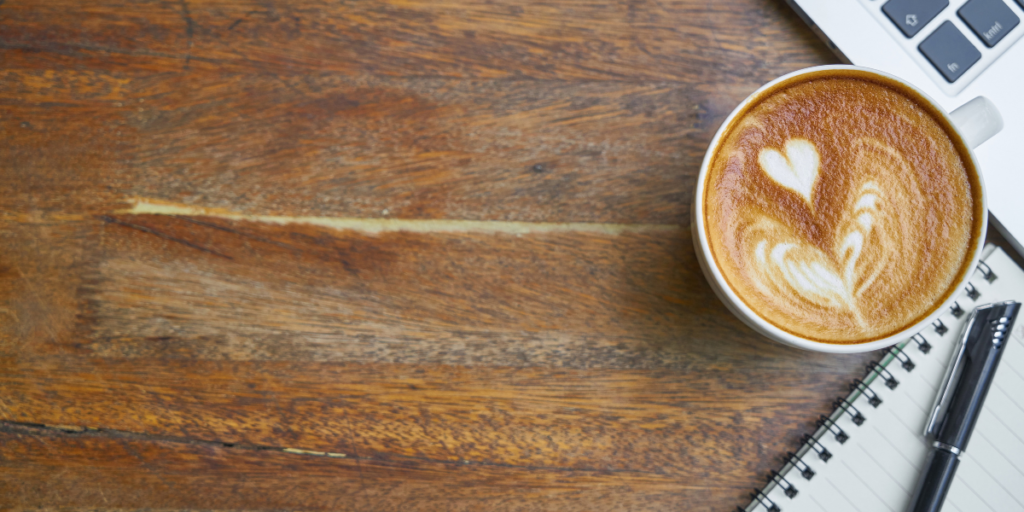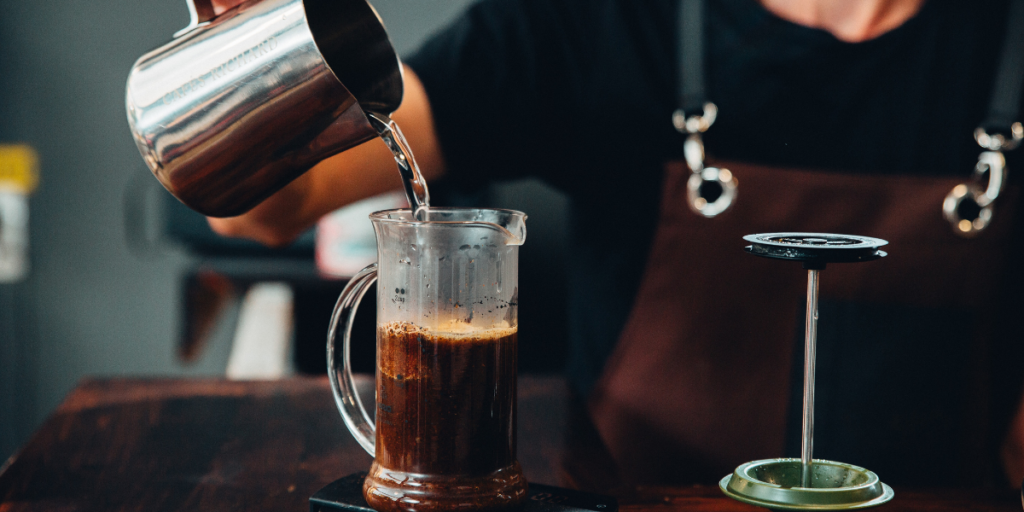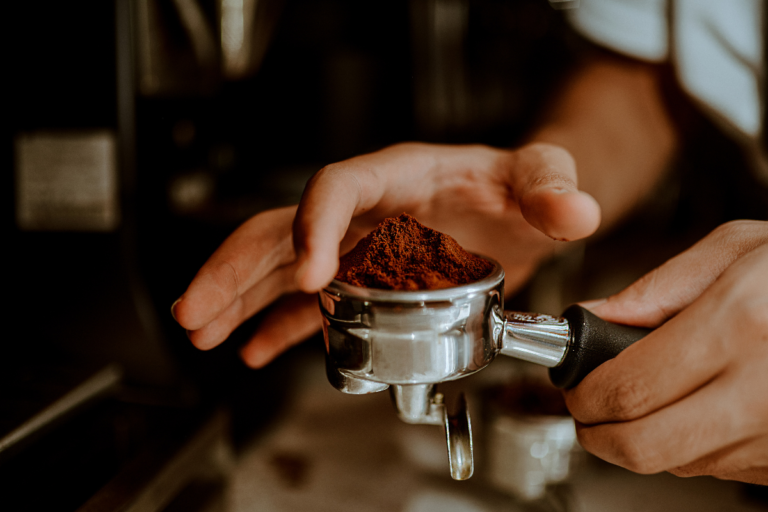The world of coffee is more than just a beverage; it’s a culture, an art form, and a journey of exploration. In recent years, there has been a surge in coffee appreciation, with enthusiasts seeking to delve deeper into the complexities of flavor, aroma, and origin. Central to this exploration is the practice of coffee tasting, also known as cupping. This guide is designed to provide beginners with a comprehensive introduction to the art of coffee tasting, from understanding the basics to developing a discerning palate and exploring the rich variety of coffee beans and flavors.
Understanding the Basics of Coffee Tasting
Coffee tasting, or cupping, is a sensory evaluation process that involves assessing the aroma, flavor, acidity, body, and aftertaste of brewed coffee. It’s not just about drinking coffee; it’s about engaging all your senses to fully appreciate its nuances. To begin, it’s essential to grasp the fundamentals of coffee tasting and the importance of sensory evaluation. By training your senses to perceive and distinguish between different flavors and aromas, you can develop a deeper understanding and appreciation of coffee.
Sensory evaluation is a key aspect of coffee tasting, requiring practice and patience to refine your palate. By actively engaging with your senses and paying close attention to the sensory details of each cup of coffee, you can train your brain to recognize and appreciate a wider range of flavors. Practical exercises, such as blind taste tests and aroma identification, can help sharpen your senses and expand your flavor vocabulary. Developing a discerning palate takes time and dedication, but the rewards are well worth the effort.
Another important aspect of coffee tasting is understanding the process involved. From grinding fresh coffee beans to brewing a cup of coffee and systematically assessing its various attributes, there’s a methodical approach to tasting coffee. By following a structured process, you can develop a systematic method for evaluating and describing different coffees. Understanding the basics sets the stage for more advanced techniques and a deeper appreciation of the craft.
In summary, understanding the basics of coffee tasting is essential for anyone looking to explore the rich and diverse world of specialty coffee. By grasping the key elements involved and embracing the process of sensory evaluation, beginners can lay the groundwork for developing their palate and honing their tasting skills over time. So, let’s dive into the world of coffee tasting with curiosity and enthusiasm, ready to embark on an exciting sensory journey.

Developing Your Palate
Developing a discerning palate is a journey that requires patience, practice, and a sense of adventure. Just as a musician hones their ear for pitch or a chef refines their sense of taste, coffee lovers can train themselves to appreciate the nuances of different coffees. One of the first steps in this journey is to focus on improving your sense of taste and smell.
To enhance your sense of taste, consider incorporating foods with diverse flavors into your diet, such as fruits, herbs, and spices. Pay attention to the subtle differences between flavors and try to identify specific characteristics. Similarly, training your sense of smell can greatly contribute to your ability to detect aromas in coffee. Experiment with aromatic substances like essential oils or fragrant herbs to sharpen your olfactory senses.
Another crucial aspect of developing your palate is building sensory memory. This involves making mental associations between flavors, aromas, and experiences. For example, you might associate a particular flavor with a childhood memory or a specific place you’ve visited. By actively engaging with your senses and paying close attention to the sensory details of each cup of coffee, you can train your brain to recognize and appreciate a wider range of flavors.
In addition to passive tasting, practical exercises can also help refine your palate. For instance, you might try blind taste tests where you sample different coffees without knowing their origin or characteristics. This can help challenge your perceptions and expand your flavor vocabulary. Remember, developing a discerning palate is a gradual process, so don’t be discouraged if progress seems slow at first. With time and persistence, you’ll find that your ability to appreciate and enjoy coffee on a deeper level will greatly enhance your overall coffee experience.
Exploring Coffee Varieties
As you delve deeper into the world of coffee tasting, you’ll soon discover that not all coffees are created equal. In fact, the flavor profile of a coffee can vary widely depending on factors such as growing region, processing method, and roast level. To truly master the art of coffee tasting, it’s essential to explore the diverse range of coffee varieties available.
One of the first distinctions to understand is the difference between Arabica and Robusta coffee beans. Arabica beans, prized for their complex flavors and aromatic qualities, are the most widely consumed type of coffee worldwide. In contrast, Robusta beans are known for their bold, earthy flavor and higher caffeine content. By familiarizing yourself with these two main varieties, you’ll gain a better understanding of the basic building blocks of coffee tasting.
Beyond the type of bean, the region in which coffee is grown also plays a significant role in shaping its flavor profile. Different coffee-growing regions around the world, from Latin America to Africa to Asia, produce coffees with distinct flavors and characteristics. For example, Latin American coffees are often bright and acidic, while African coffees tend to be fruity and floral. By exploring coffees from various regions, you can broaden your palate and develop a deeper appreciation for the diversity of flavors in the coffee world.
In addition to growing region, the processing method used to prepare coffee beans can also influence their flavor. Whether they’re washed, natural, or honey-processed, each method imparts its own unique characteristics to the coffee. For example, washed coffees often have clean, bright flavors, while natural coffees are known for their sweetness and fruitiness. Understanding these different processing methods can help you better appreciate the complexity of the coffees you taste.
In summary, exploring coffee varieties is an essential part of mastering the art of coffee tasting. By understanding the distinct characteristics of different beans, regions, and processing methods, you can develop a more nuanced palate and gain a deeper appreciation for the diverse range of flavors in the world of coffee. So, let’s embark on a journey of discovery as we explore the rich and complex tapestry of coffee varieties from around the globe.
The Coffee Tasting Experience
Once you’ve laid the groundwork by understanding the basics of coffee tasting and developing your palate, it’s time to embark on the coffee tasting experience itself. Setting up a coffee tasting session can be done at home or in a coffee shop, and there are a few key steps to follow to ensure a rewarding experience.
First, select a variety of coffees to taste, ideally representing different regions, processing methods, and roast levels. This will allow you to explore a range of flavors and characteristics. Next, prepare your coffee using your preferred brewing method, ensuring consistency in the brewing process to accurately assess each coffee.
When tasting the coffee, use a systematic approach to evaluate its aroma, flavor, acidity, body, and aftertaste. Start by smelling the coffee to assess its aroma, taking note of any fragrances or notes that stand out. Then, take a small sip and allow the coffee to coat your palate, paying attention to its flavor profile and mouthfeel. Swirl the coffee around in your mouth to fully experience its body and texture, and then swallow to evaluate the lingering aftertaste.
Throughout the tasting, it’s important to remain objective and open-minded, allowing the coffee to speak for itself without being influenced by preconceived notions or biases. Take notes as you taste, recording your observations and impressions of each coffee to refer back to later.
As you continue to refine your coffee tasting skills, consider attending coffee tasting events or workshops to learn from experienced professionals and fellow enthusiasts. These opportunities can provide valuable insights and guidance, helping you to further develop your palate and appreciation for coffee.
In conclusion, the coffee tasting experience offers a unique opportunity to explore the diverse world of coffee and deepen your understanding of its flavors and characteristics. By following a systematic approach and remaining open to new experiences, you can enhance your coffee tasting skills and gain a greater appreciation for this beloved beverage.
Common Coffee Tasting Mistakes to Avoid
While coffee tasting can be a rewarding and enriching experience, there are some common mistakes that beginners often make. By being aware of these pitfalls, you can ensure a more enjoyable and insightful tasting experience.
One common mistake is overlooking the importance of water quality in the brewing process. Water makes up the majority of your coffee, so using clean, filtered water is essential to achieving optimal flavor. Poor-quality water can introduce unwanted flavors and impurities into your coffee, affecting its taste and overall quality.
Another mistake is not paying attention to brewing parameters such as grind size, brewing time, and water temperature. These factors can have a significant impact on the flavor and extraction of your coffee, so it’s important to measure and adjust them carefully to achieve the desired results.
Relying too heavily on preconceived notions about coffee flavors can also hinder your tasting experience. Instead of expecting a coffee to taste a certain way based on its origin or roast level, approach each cup with an open mind and let your senses guide you. You may be surprised by the unique flavors and characteristics you discover.
Finally, skipping the palate cleanser between tastings can lead to palate fatigue and distortion of flavors. Taking breaks to cleanse your palate with water or a neutral food such as plain crackers can help reset your taste buds and ensure more accurate tasting results.
By avoiding these common mistakes and approaching coffee tasting with mindfulness and curiosity, you can elevate your tasting experience and deepen your appreciation for the complexities of coffee.

Advanced Techniques for Coffee Tasting
Once you’ve mastered the basics of coffee tasting and developed a discerning palate, you may be ready to explore more advanced techniques. These techniques can help you further refine your tasting skills and deepen your understanding of coffee flavors and characteristics.
One advanced technique is identifying subtle flavor notes in coffee. By paying close attention to the nuances of aroma and flavor, you can detect subtle hints of fruits, spices, flowers, and other complex flavors. Training yourself to recognize these subtle notes can greatly enhance your appreciation for the depth and complexity of coffee.
Understanding the impact of roast levels on flavor is another advanced technique that can enhance your coffee tasting experience. Different roast levels, from light to dark, can dramatically alter the flavor profile of coffee, bringing out different qualities and characteristics. Experimenting with coffees roasted to different levels can help you develop a deeper understanding of how roast influences flavor.
Exploring coffee tasting events and workshops can also provide valuable opportunities for advanced learning and skill development. These events often feature guided tastings led by experienced professionals, as well as educational sessions on topics such as coffee sourcing, processing, and brewing. By participating in these events, you can expand your knowledge and expertise in the field of coffee tasting.
In conclusion, mastering the art of coffee tasting is a journey of exploration and discovery that offers endless opportunities for learning and growth. By continuing to hone your skills, explore new techniques, and engage with the coffee community, you can deepen your appreciation for this beloved beverage and unlock new dimensions of flavor and complexity. So, keep tasting, keep learning, and above all, keep enjoying the wonderful world of coffee.
Conclusion
In conclusion, mastering the art of coffee tasting is a rewarding journey that offers a deeper understanding and appreciation of one of life’s simple pleasures. By understanding the basics of coffee tasting, developing your palate, exploring coffee varieties, and embracing the tasting experience, you can unlock a world of flavor and complexity in every cup.
Throughout this guide, we’ve explored the fundamentals of coffee tasting, from assessing aroma and flavor to understanding the influence of factors like bean variety, growing region, and processing method. We’ve also discussed practical tips for developing your palate, avoiding common tasting mistakes, and exploring advanced techniques for deeper insight.
As you continue on your coffee tasting journey, remember to approach each cup with curiosity, mindfulness, and an open mind. Every coffee has its own story to tell, and by engaging all your senses and paying attention to the details, you can uncover a wealth of flavors and aromas waiting to be discovered.
So, whether you’re enjoying a quiet moment with a freshly brewed cup at home or attending a coffee tasting event with fellow enthusiasts, take the time to savor the experience and appreciate the craftsmanship that goes into every bean. With each sip, you’ll not only be tasting coffee but embarking on a sensory adventure that enriches your life and deepens your connection to this beloved beverage.
Cheers to the joys of coffee tasting, and may your journey be filled with delicious discoveries and memorable moments shared with friends, family, and fellow coffee lovers. Happy tasting!


